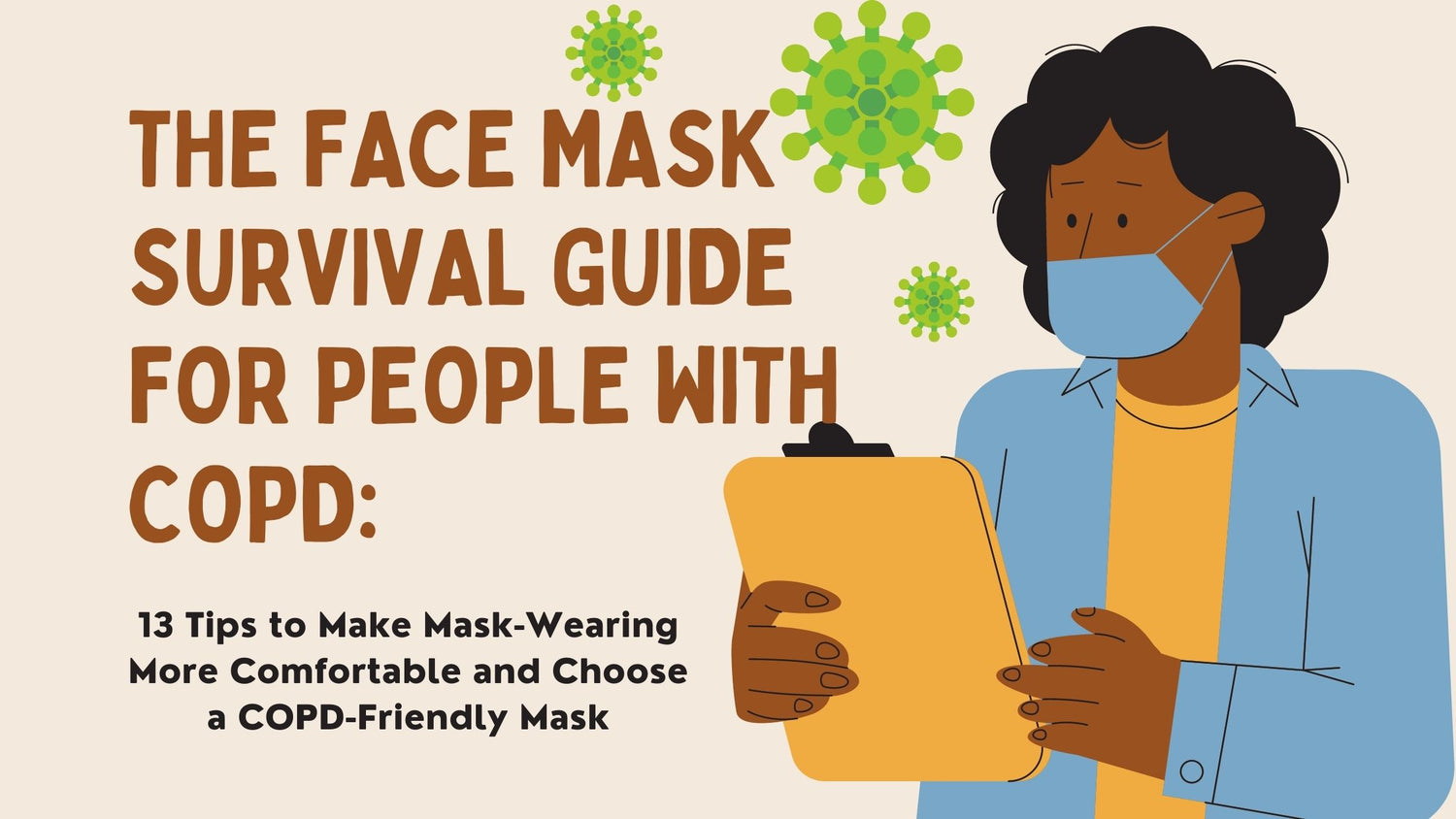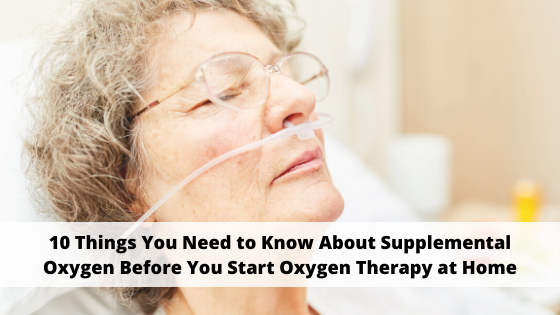Respiratory Resource Center - LPT Medical
When COPD is Invisible: How to Get the Help and Support You Need
COPD is serious, chronic, and life-threatening disease, but...
Read MoreThe Face Mask Survival Guide for People with COPD: 13 Tips to Make Mask-Wearing More Comfortable ...
Mask-wearing is uncomfortable for just about everyone, but...
Read More10 Things You Need to Know About Supplemental Oxygen Before You Start Oxygen Therapy at Home
Home oxygen therapy is a normal part of daily...
Read More


